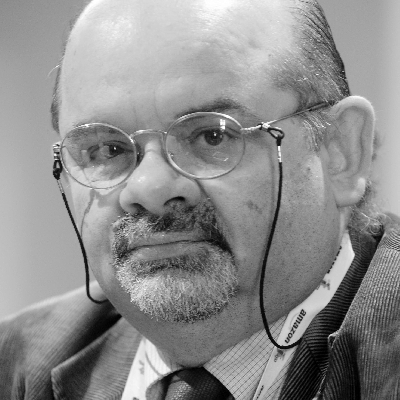Comieco has launched a challenge to promote a product and a territory through sustainable packaging. What makes this endeavor even more interesting is the fact that the territory in question is a UNESCO World Heritage site, located in a country like Italy which possesses the greatest number of such sites: 51 as compared to China, which comes in second with 48.
We’re talking about the Piedmont Langhe-Roero and Monferrato wine region, which was declared a World Heritage Site in mid-2014.
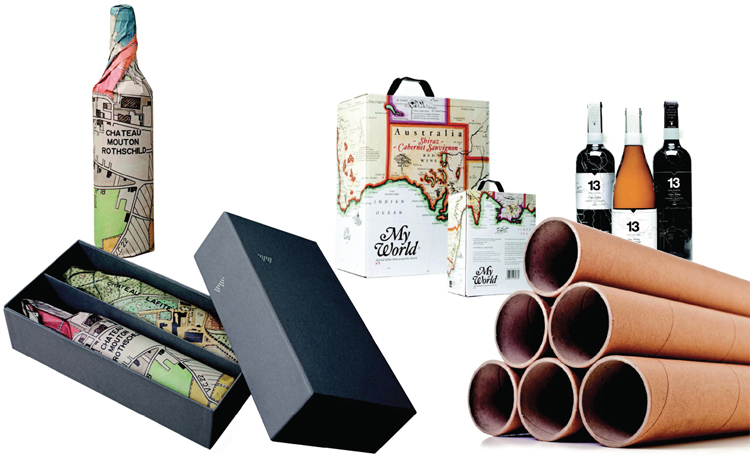
“After eleven years of hard work, it meant so much when UNESCO recognized the economic and cultural identity of a territory that consists of 101 municipalities in six areas, for a total of 10,000 hectares in the core zone, and 76,000 in the buffer zone” explains Roberto Cerrato, director and site manager of The Vineyard Landscape of Langhe-Roero and Monferrato Heritage Association which manages the UNESCO area. “We immediately saw signs of how awareness and recognition of Southern Piedmont has changed at the global level. In addition, the decision was made to study a proposal for sustainable cellulose packaging – consisting entirely of paper and recycled cardboard – for the vineyard sector in this area. In this way, vinicultural excellence is promoted along with a prestigious territory, and the circular economy.”
“This initiative was started because we believed that developing the advertising and promotion of this territory’s quality through business in the viniculture sector – which is also top-notch – could be a very interesting opportunity,” said Carlo Montalbetti, CEO of Comieco, The National Consortium for the Recovery and Recycling of Cellulose-based Packaging. “Naturally, we started off with the premise that the cardboard sector in that specific industry is rather significant.
In fact, Italy’s entire national winemaking industry foresees the use of about 500,000 tonnes of cardboard for boxes, per year. So that’s how packaging – and not just wine – can become an ambassador for our country. In fact, a great amount of Italian wine is exported. In the first semester of 2015, the wine crossing Italian borders had a value of €2.5 billion. And Barolo is on the same path: 80% of its production goes abroad.
“Even eco-sustainability goes hand in hand with wine”, continues Montalbetti. “90% of wine packaging is made from recycled paper and cardboard, which often originates from differentiated recycling. Packaging bulk has decreased considerably over the span of the last ten years, yet all the requirements regarding strength and safety continue to be fully adhered to. This decrease has allowed us to save 1.2 million tons of raw/secondary material over these years.”
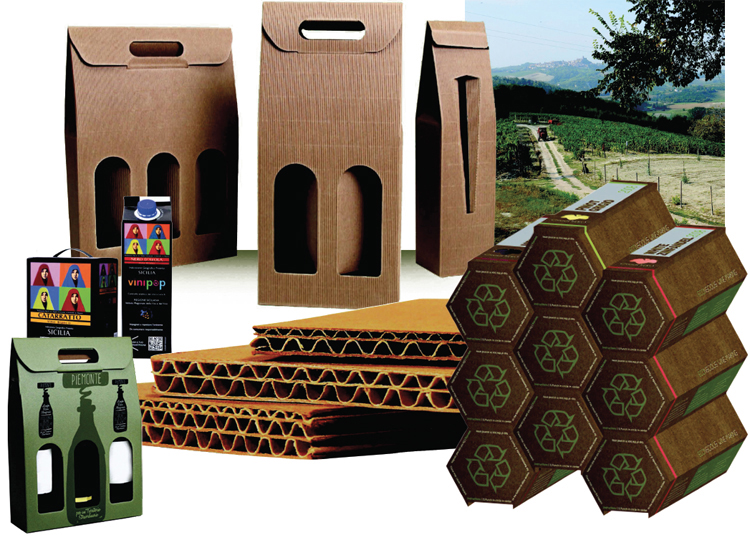
For Comieco, dealing with packaging from the start does not represent a change of course. “This is innovation, not a change in direction; for some time now, the consortium has been very active on the lines of advertising and raising awareness, which we consider to be a strategic move”, explains Montalbetti. “And it seemed to us that introducing this kind of eco-sustainable initiative in a UNESCO site with these characteristics would be truly effective. This hasn’t just been a technical experience, because when you talk about companies, territories, economies (classic and circular ones in this case), excellence, landscapes, citizens and eco-sustainability, you need to take a very broad approach, without preconceptions, presumptions, or pre-established models of any kind. This is exactly what the E.r.i.c.a. cooperative has been doing over the past twenty years, through its work in waste management, environmental sustainability, risk prevention, the water cycle, energy, organic farming, and eco-sustainable communications. E.r.i.c.a. is the project’s leading proponent: besides carrying out a study on wine producers, it also handled communications. It started with a study of the site’s six components, which is described in a UNESCO dossier with over a thousand pages”.
“We guided the actors in this territory throughout the whole candidacy process” says Elena Berattino, a researcher at SITI (Higher Institute on Territorial Systems for Innovation), which was set up by the Politecnico of Torino and the Compagnia San Paolo. “This stage involved meeting all the subjects present in the territory. During an international meeting, the fact that the European Commission gives quite a lot of attention to circular economies emerged, and that’s how we came up with the idea to join sustainability and packaging, in order to reduce waste and boost communication between Comieco ed E.r.i.c.a.”.
Of the six protected areas, four are characterized by an interweaving of grape varieties, habitats, and winemaking techniques: “Langa del Barolo”, “Colline del Barbaresco”, “Nizza Monferrato and Barbera”, and “Canelli and Asti Spumante”, all well-known realities at an international level. The other two areas, instead, represent wine locations: “Monferrato degli Infernot” – typical underground spaces used for storing bottled wine, that have been carved out of sandstone rock and are characterized by the absence of light and direct ventilation – and “Castello di Grinzane Cavour”, a legend in the history of Piedmont viniculture.
“The first consideration about the project which we shared with Comieco was on the possibility of promoting a territory by describing it through its sustainability features” says Enrico Di Nola, project manager of the E.r.i.c.a. cooperative. “And to do that, it was essential to involve all the actors who are active in the territory, and launch a study on similar experiences – or ones that could be assimilated – which are already present at the global level. When considering labels, wrapping, and finally packaging for transportation and sales, the panorama of wine producers who use paper as secondary packaging material (in the majority of cases glass is the primary material) is quite varied. For example, there’s the Churchill’s label in Portugal, which has become a high-impact graphic symbol: designed by Interbrand, it shows black and white aerial images of the Douro valley – another UNESCO winemaking site. Then there is Greenyard Winery in the U.S., whose shipping and sales boxes are made out of recycled cardboard: designed by Luis Espinoza, they can be assembled and used for both display and shipping thanks to their hexagonal shape. Another example is the packaging for bottles of Waddesdon Wine’s ‘The Rothschild Collection’ in the UK. Designed by Paul Belford, it’s printed with a map of the historic castle and outlying land where this wine is produced.
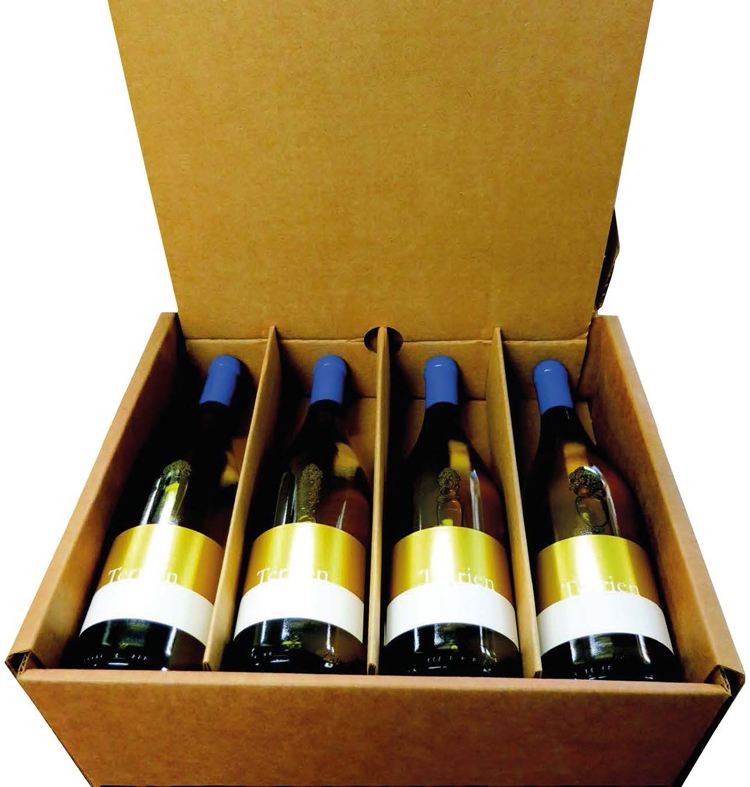
After this stage we focused on understanding what the real needs of winemaking companies were, in terms of packaging. An online questionnaire, whose questions regarded two top wines per winery (98, in total), provided us with a factual foundation in terms of packaging. What emerged was that primary packaging is 99% glass, while secondary packaging consists of boxes that hold six bottles, which usually include the winery’s brand name and other information. We also asked about a hundred producers if they would be interested in sustainable packaging, and whether they would want there to be information about the fact that a wine comes from a UNESCO site”, explains Enrico Di Nola. “The response was very positive, also because what emerged from the study is that besides ‘typical’ information – like the names of the production site, the producer’s website and the QR code – there usually isn’t much of anything else on labels and boxes. Only in rare cases can you find maps, graphic references and photographs which describe the places and territories where a wine is produced. In terms of advertising, the Langhe-Roero and Monferrato winemaking region in Piedmont is a territory yet to be discovered.
The study then took off on two different, yet parallel, paths. The first regarded the need for streamlining cellulose packaging and making it sustainable. Comieco therefore provided two tools: a “Checklist for the environmental and social design of paper and cardboard packaging” prepared by Università Iuav in Venice, and “Guidelines for ‘good’ shipments that avoid food waste: from packaging to transport” which was prepared by Slow Food in collaboration with DHL Express. The second tangent concerned the use of packaging surfaces as an advertising tool for promoting a territory’s identity and sustainability, and for creating product awareness. In this regard, the study also provided a series of proposals on what packaging can offer in terms of advertising.”
“This initiative represents one more step forward, as it enables us to discover the possibility of being recognizable through our packaging – just as other regions do throughout the world, with wines that are less prestigious than ours, but that are more easily recognizable due to their packaging. Besides sustainability and advertising, the aim of all this work is to create benefits for the entire region, and ensure that there won’t be added costs for winemaking companies”, concludes Cerrato. “Our participation in this initiative involved making our membership base available” – states Andrea Ferrero, director of the Barolo and Barbaresco producers association, which has 500 members that produce about 60 million bottles a year, with a turnover of over 250 million euros. “And the fact that we’re talking about sustainable packaging is an important plus, because many companies are starting to side with the philosophy of sustainability for reasons that go above and beyond UNESCO recognition – though that’s certainly important”.
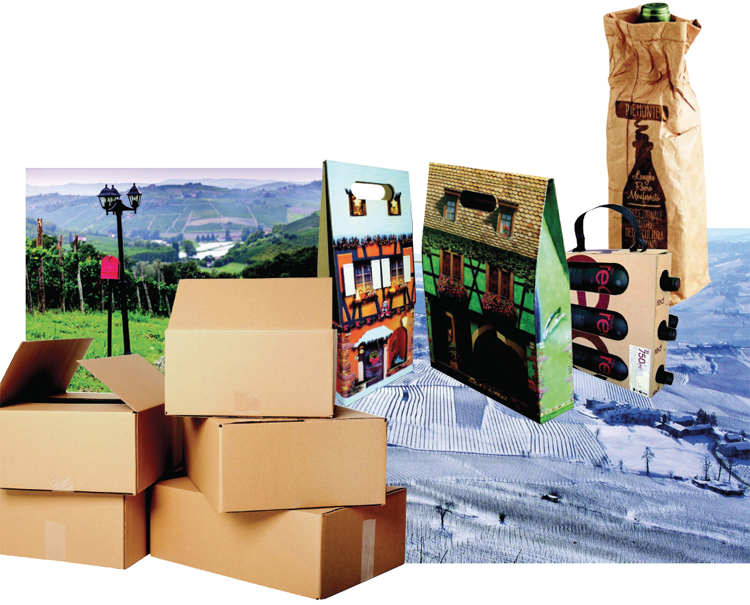
According to the consortium, over 70% of the represented companies may participate in this initiative. Because one thing that people feel is lacking in the UNESCO area is the presence of broader and more centralized advertising, for example at the national level. In this sense, sustainable packaging could be an interesting stimulus for these wines, which – more and more – are produced in energetically efficient wineries that use renewable resources.
Now, the floor goes to them: to the winemaking companies.
To check whether a plan on paper can actually evolve into wine packaging, all of the actors involved believe that a phase of dissemination is needed: the idea is to launch this initiative at the National Festival of Ecology and the Circular Economy, which will take place in Alba, Italy, from 20-22 May 2016.
Slow Food, “Guidelines for ‘Good’ Shipments That Avoid Food Waste: From Packaging to Transport”; tinyurl.com/zr8u2z6
National Festival of Ecology and the Circular Economy, Alba 20-22 May 2016; festivalecologia.wordpress.com
Info


